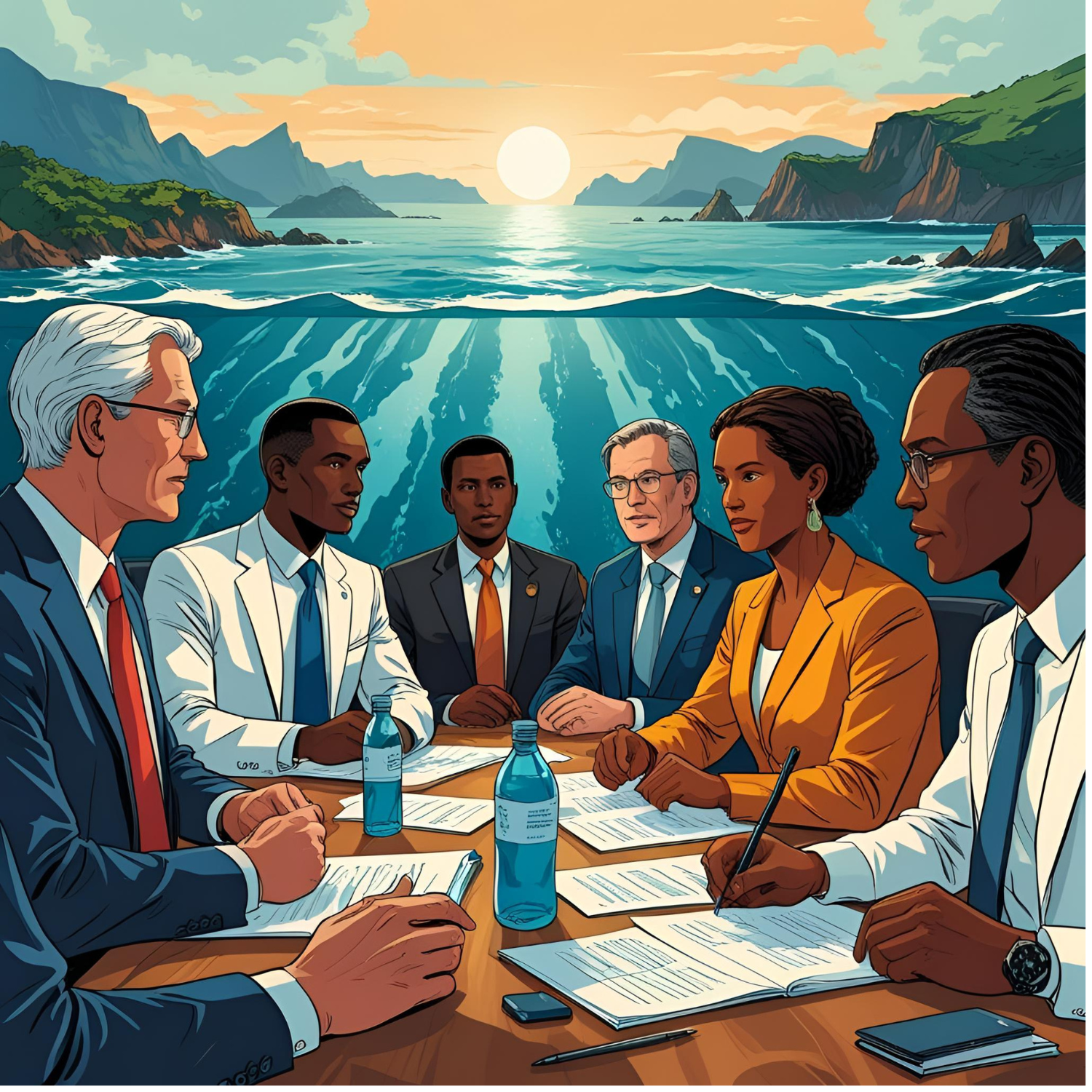
The effect of the COVID-19 pandemic on environmental migrants
As far back as 1990, the Intergovernmental Panel on Climate Change (IPCC) reported that migration would be the single greatest impact of climate change. As per a report by the IPCC in 2018, despite political will, displacement risks as a result of climate change remain at tipping point levels, with food insecurity, stress on water resources, and damaged ecosystems as major probable factors.
Over the years, as migration researchers have looked more closely at historical events, they have been able to discern the impact of climate change on human behavior. Evidence suggests that between 2007 and 2010, Syria experienced the worst drought in its recent history, causing many farming families to migrate to the cities, exacerbating tensions and increasing discontent. This migration has been linked to the current conflict that the country continues to suffer to this day. Similarly, the Arab Spring, too, has been linked to rising unemployment caused by crop losses in Egypt and Libya that acted as stressors. Outside of conflict, analysts have noticed similar patterns in already occurring migration out of sub-Saharan Africa and Central America. Researchers across the world are making the case that the effects of climate change on water resources, agriculture, and infrastructure, will lead to mass migration out of many regions, especially in developing countries. Forced migration increases pressure on existing infrastructure, undermining economic growth and giving rise to poor social indicators. The added pressure of the short time periods within which such movement occurs after a disaster, also adds to the likelihood and intensity of collapse.
The Effect of the Pandemic
The pandemic has had an impact not only on migrants, displaced persons, and refugees, but also on migration patterns in general. The multicausality of environmental migration could mean that the pandemic may intensify migration when travel restrictions are liberalized. As per the International Organization for Migration, mobility restrictions in place as a result of the pandemic have put a stop to migration caused by environmental stress. The Internal Displacement Monitoring Centre estimates that 24.9 million displacements have occurred across 140 countries and territories in 2019 as a result of disasters. Disasters have not stopped for the pandemic; more than 100 disasters affecting over 50 million people occurred in the first six months of the COVID-19 pandemic. With State resources directed towards combating the pandemic, and movement restricted, emergency assistance in the event of a disaster is likely to have been affected. Social distancing procedures may also be difficult to implement among displaced communities. A number of countries have turned away groups of refugees at their coast, leaving them stranded at sea.
Many regions that are environmentally fragile and vulnerable are also experiencing conflict, or struggling with poverty or weak social security infrastructures, increasing risk of transmission. Evacuation and relocation of people caught in disasters is also likely to increase the risk of spreading COVID-19. States have therefore been pushed to tradeoff between containment and emergency response.
Furthermore, small island countries at risk due to climate change, that have steady migration patterns facilitated by family reunification laws or labour laws in other countries, are also facing hardships as a result of restrictions.
The Way Forward
Even though the restrictions over the last year resulted in the temporary reduction of greenhouse gases, the overall consequences of climate change have continued to be felt around the world. However, the pandemic has resulted in forced immobility, which has meant that many environmental and other migrants are either trapped in their home countries, or stranded in transit countries with no possibilities in terms of work or return to their countries of origin. Humanitarian visa-processing, family reunification and asylum registrations, have all been disrupted by the crisis.
People who have been displaced by disasters are more vulnerable in the face of the pandemic. Internal migrants and refugees in many parts of the world live in informal and crowded areas with limited access to medical care and testing facilities. The primary focus here must be to ensure that these groups are not further marginalized. Short and long-term solutions for groups that face dual exposure in such circumstances must be arrived at. In the mean time, the IOM and UN bodies, along with government bodies and non-governmental organizations, have made efforts to mitigate the consequences of the restrictions on migrant groups to some extent till the situation normalizes. Some countries have responded by providing visa extensions and access to national health systems.
As a result of the global health crisis, the COP26 climate talks that had earlier been scheduled for November 2020 have been postponed to 2021. This has also meant that the accompanying displacement and migration related discussions have been deferred, as has the UNFCCC’s work related to the Task Force on Displacement. When these bodies reconvene, the effect of the pandemic on these communities must be a primary focus of the talks. The emergence of vaccines has meant that the end of the pandemic is on the horizon. Vaccine coverage in vulnerable communities living in camps and makeshift accommodation is essential.
However, the exclusion of environmentally displaced persons from the meaning of the term “refugees” still creates a substantial hurdle to providing such individuals with adequate protections. Long-term policy solutions to address risk within these groups must be put in place, with adequate screening, oversight, and grievance redressal mechanisms. In the meantime, the arrival of vaccines could potentially ease restrictions on migration in the near future, given adequate infrastructural and policy support. Bridging the vaccine gap and funding healthcare in environmentally at-risk countries could go a long way in reducing infrastructural burdens caused by mass migration when borders eventually open.
Learning from the Small Island States: Tackling Climate Change through International Law
The climate crisis is not only an environmental and scientific emergency – it is a fundamental leg
How just is movement towards ‘Just Transition’?
The global push for a low-carbon economy – through renewable energy, electric mobility, green hydr
How the “One Big Beautiful Bill” Could Reshape Global ESG Ambitions
The “One Big Beautiful Bill” (OBBB) has emerged as a sweeping legislative proposal that could re









Post a comment